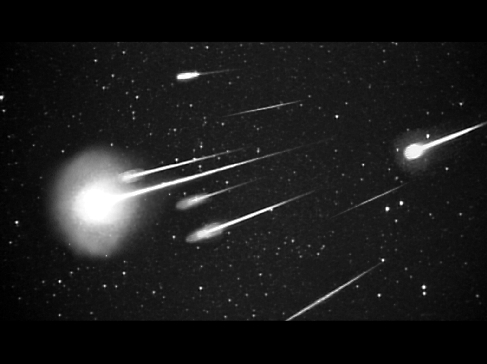
The morning of June 3, 2009 brought overcast skies and drizzle to Colorado Springs, CO - dampening my hopes of a clear day on a field trip to nearby Pikes Peak (at 14,110 ft, Pikes Peak is one of Colorado's 54 "14ers"). Assured by the folks who run the Pikes Peak Cog Railroad that the summit was clear, we boarded the train for the ride to the top.
It wasn't long before we broke free of the clouds, and soon were way above treeline in a few inches of new snow! From the summit we were able to look back down toward the cloud covered Colorado Springs and the plains to the east, where it remained cloudy and wet for the rest of the day.


